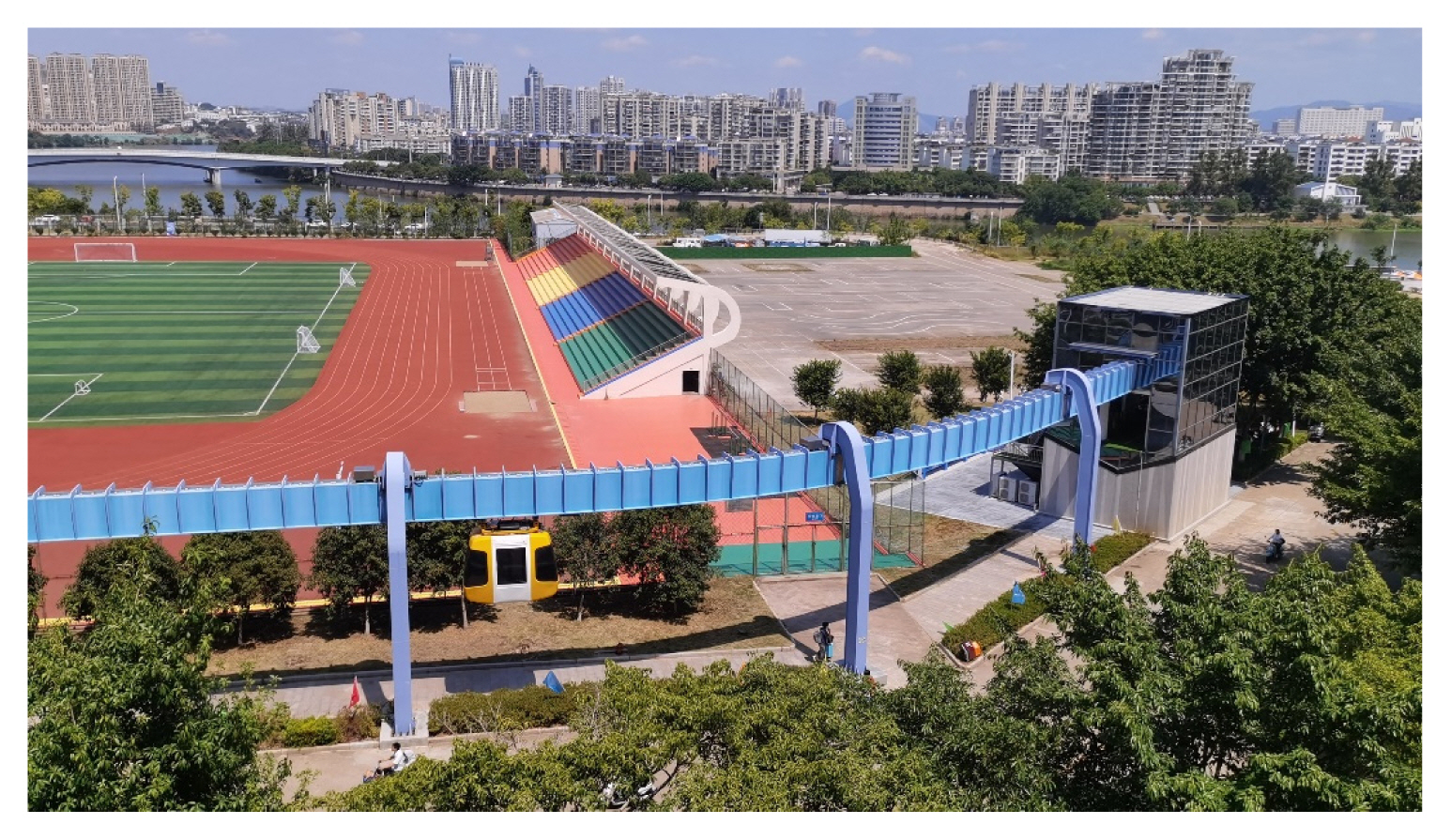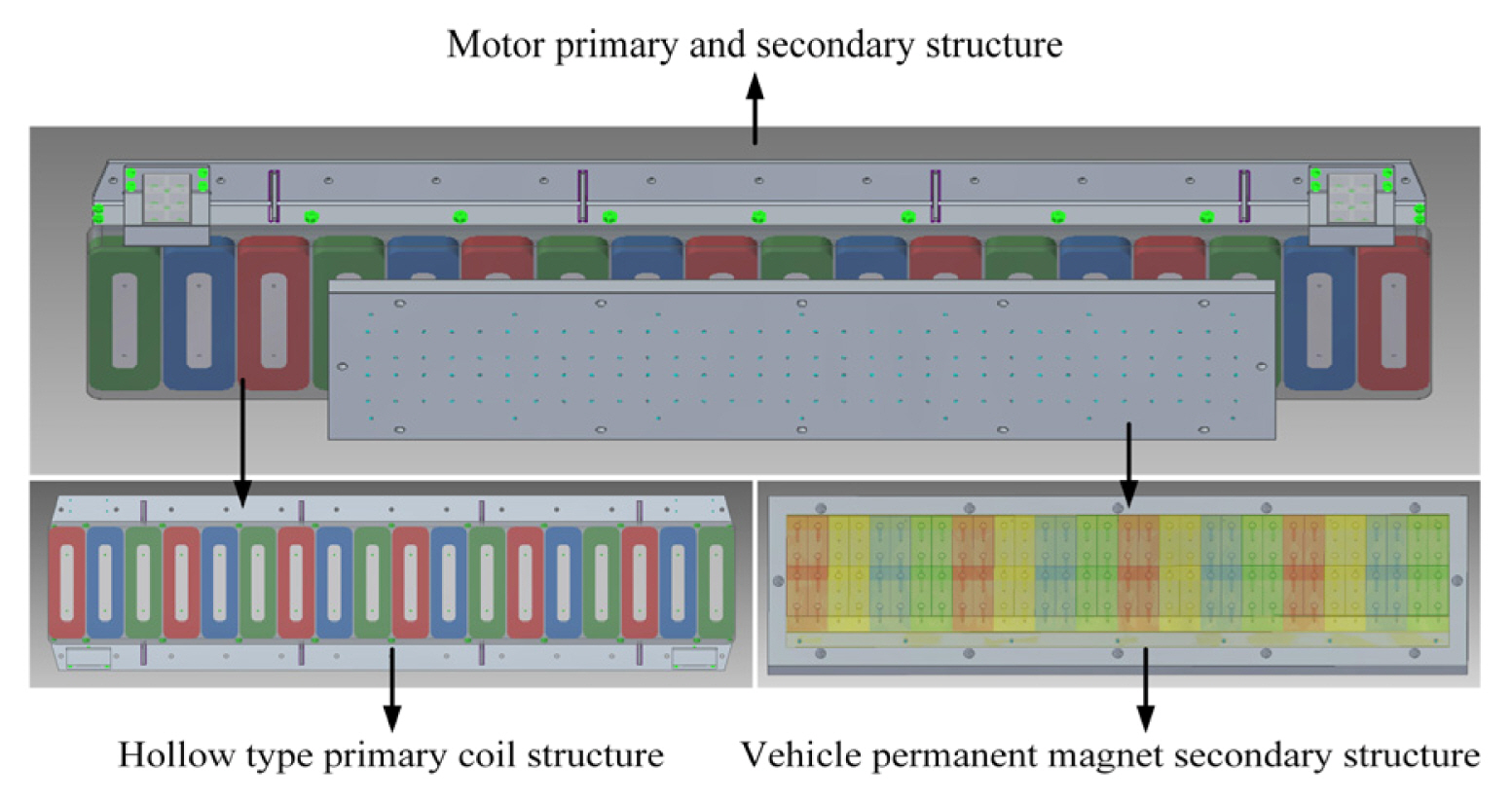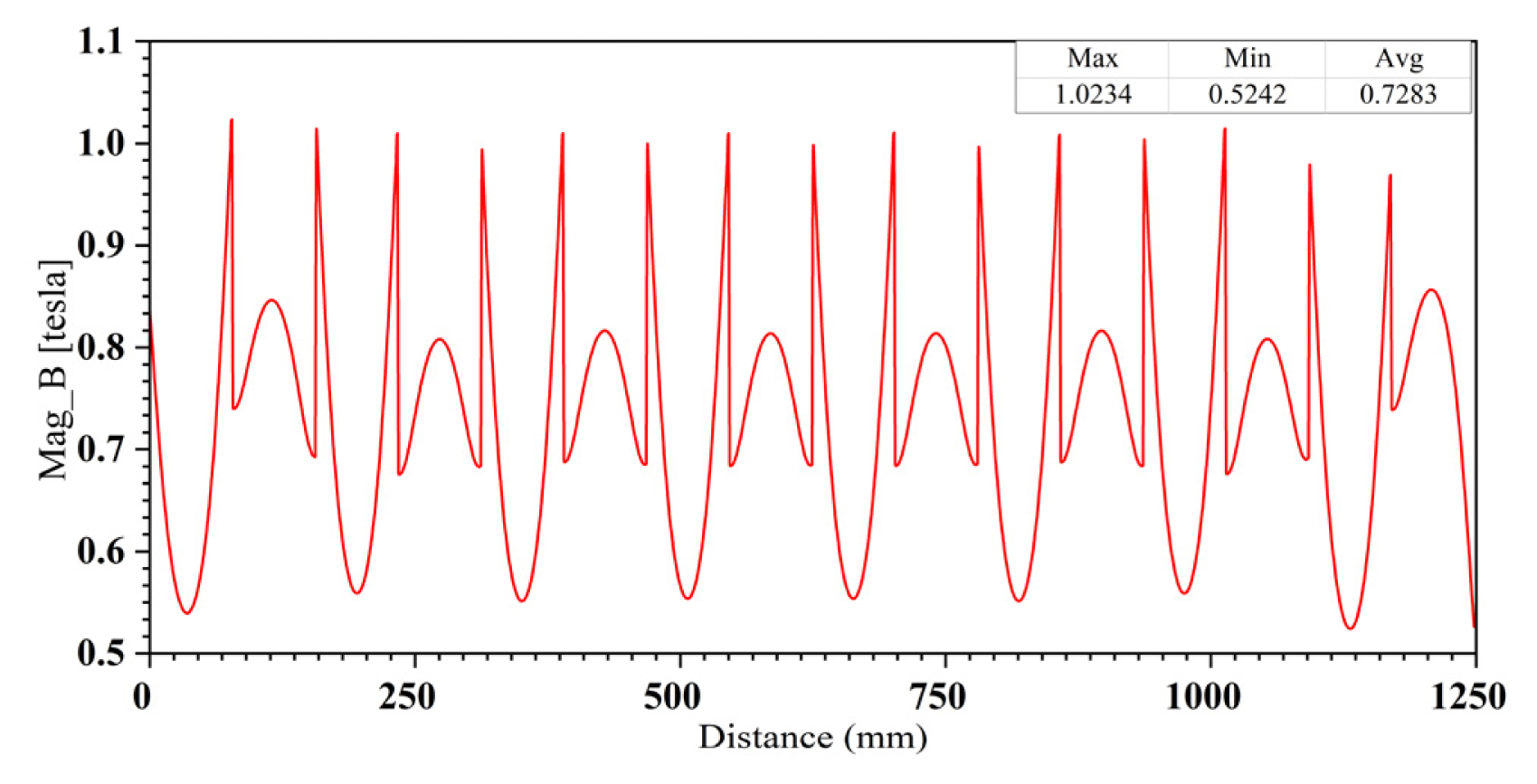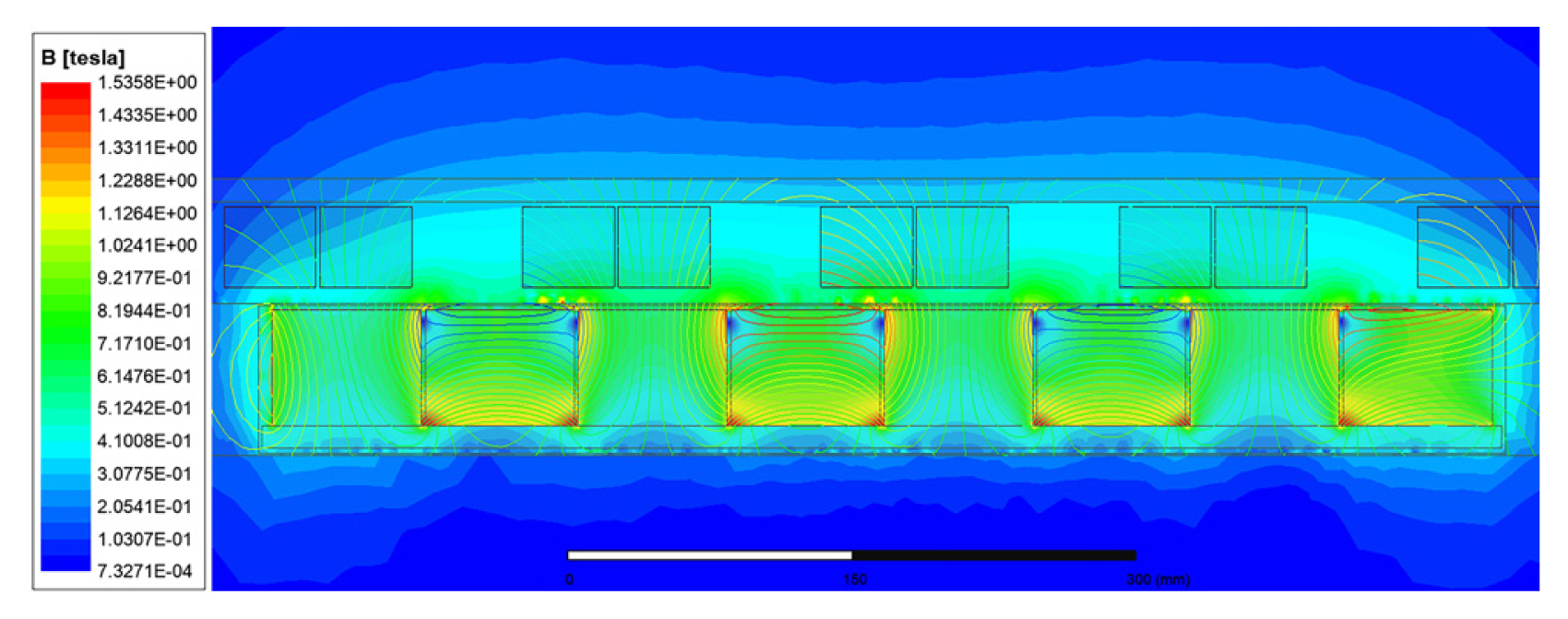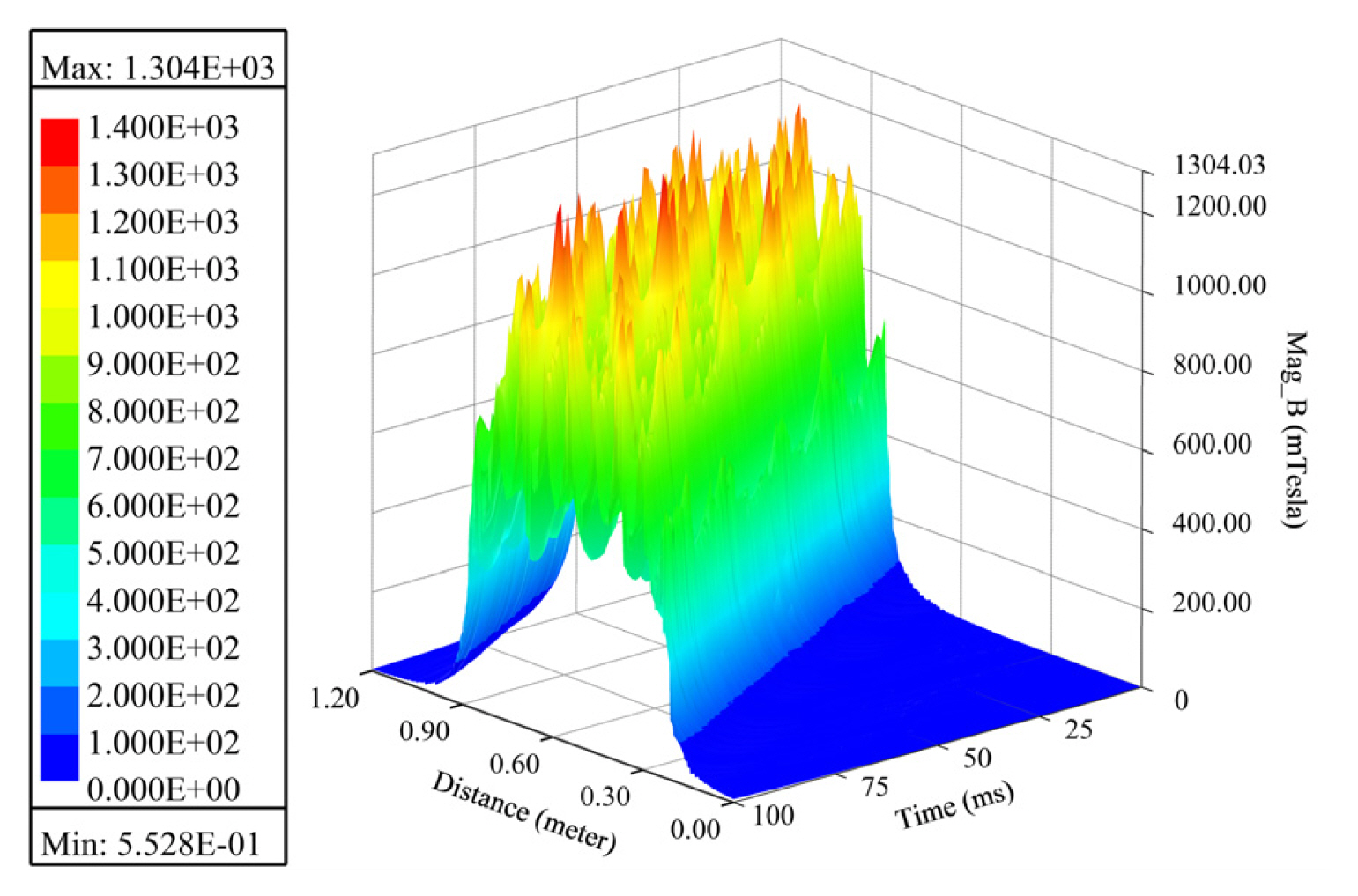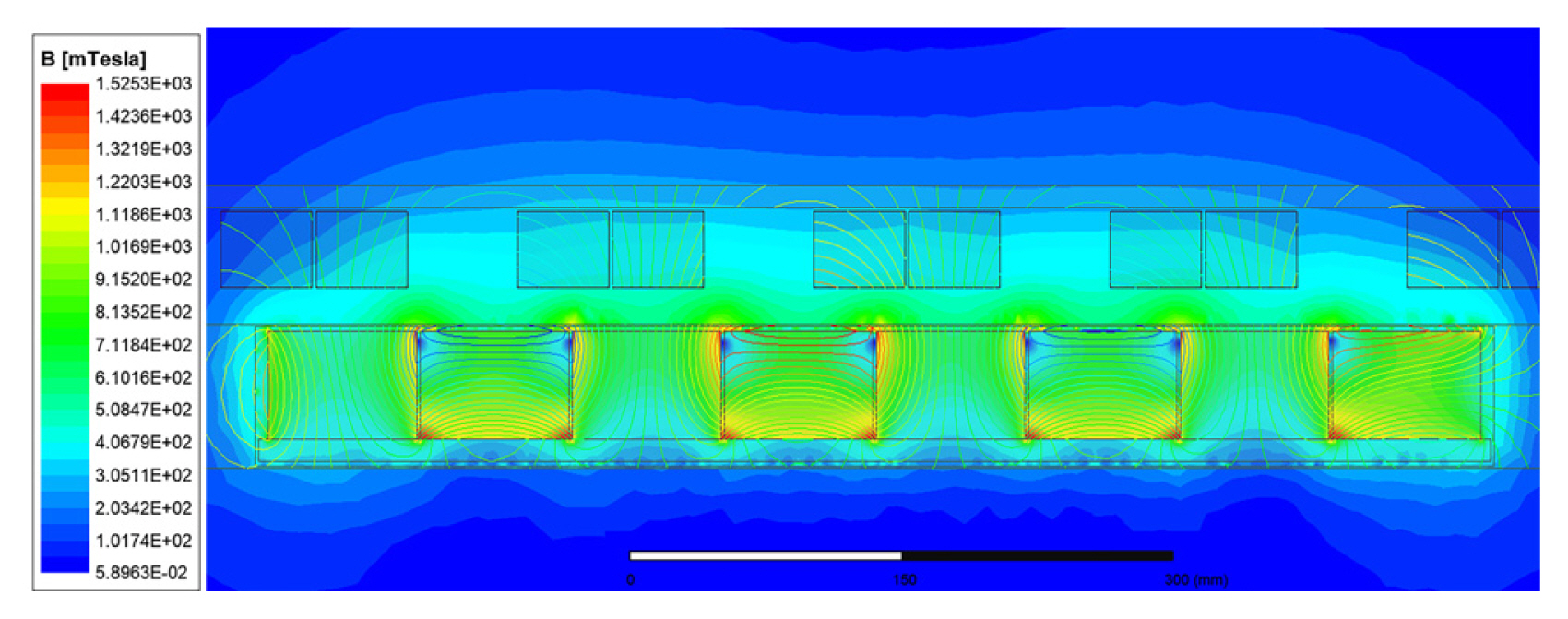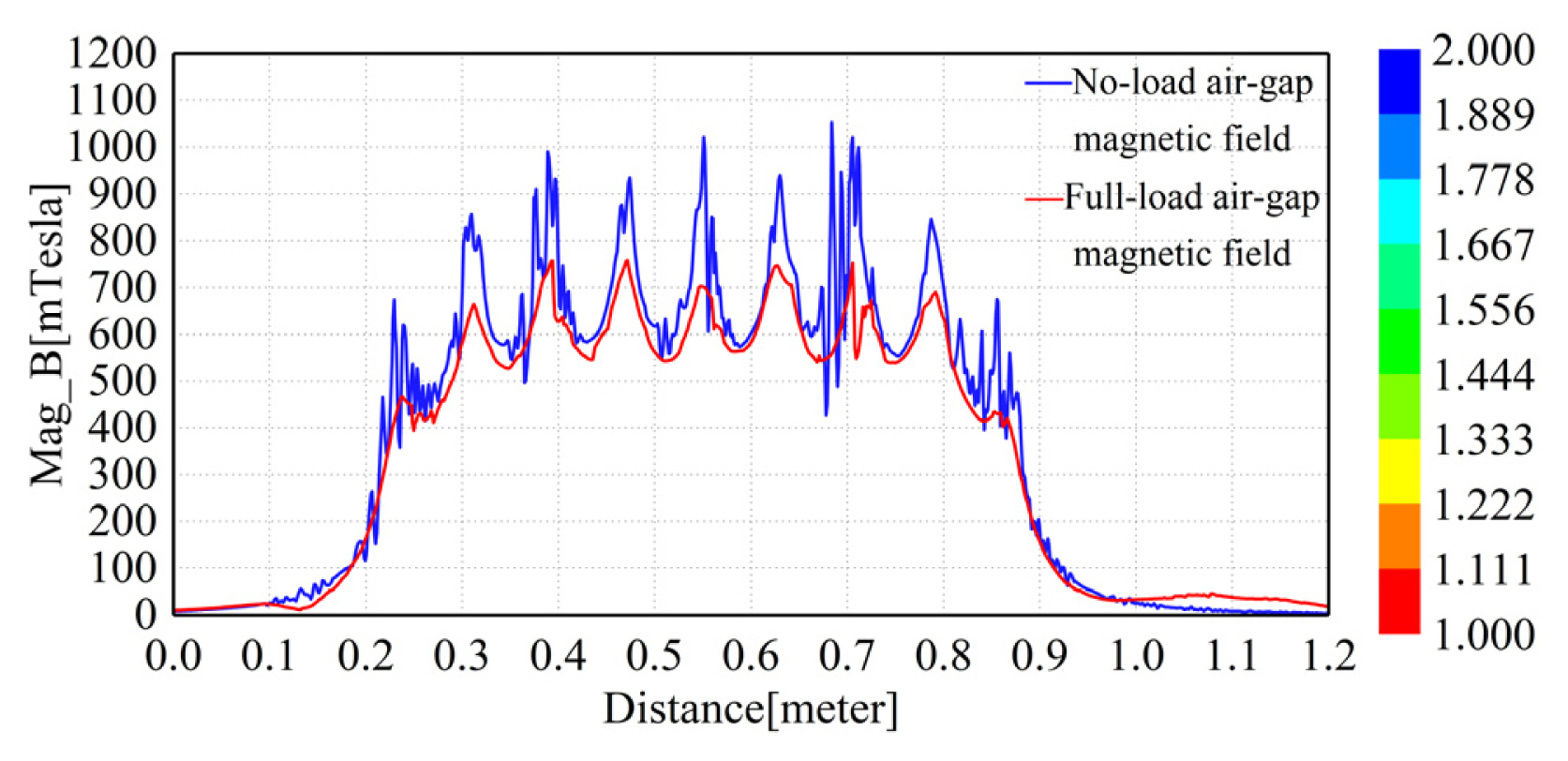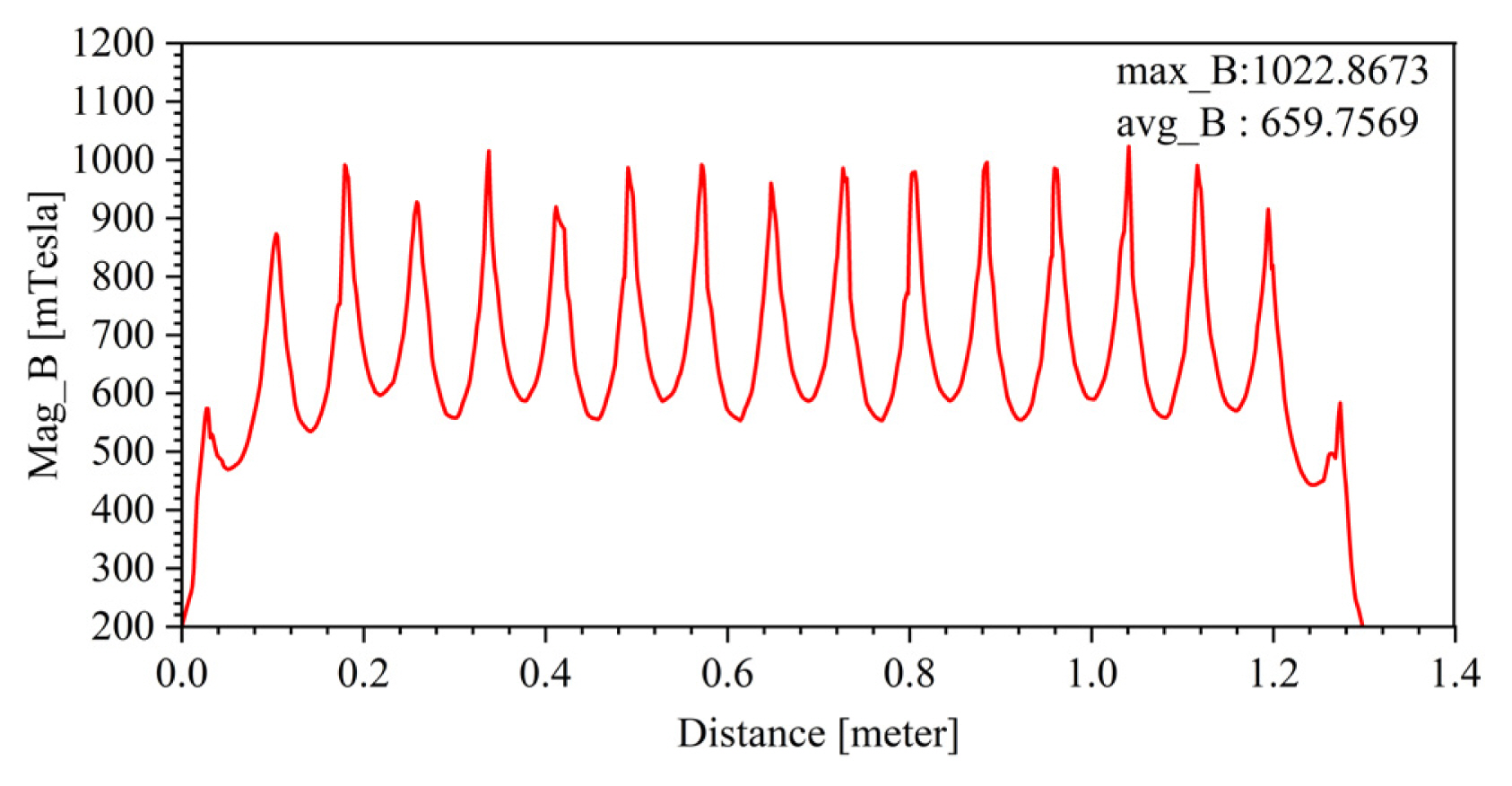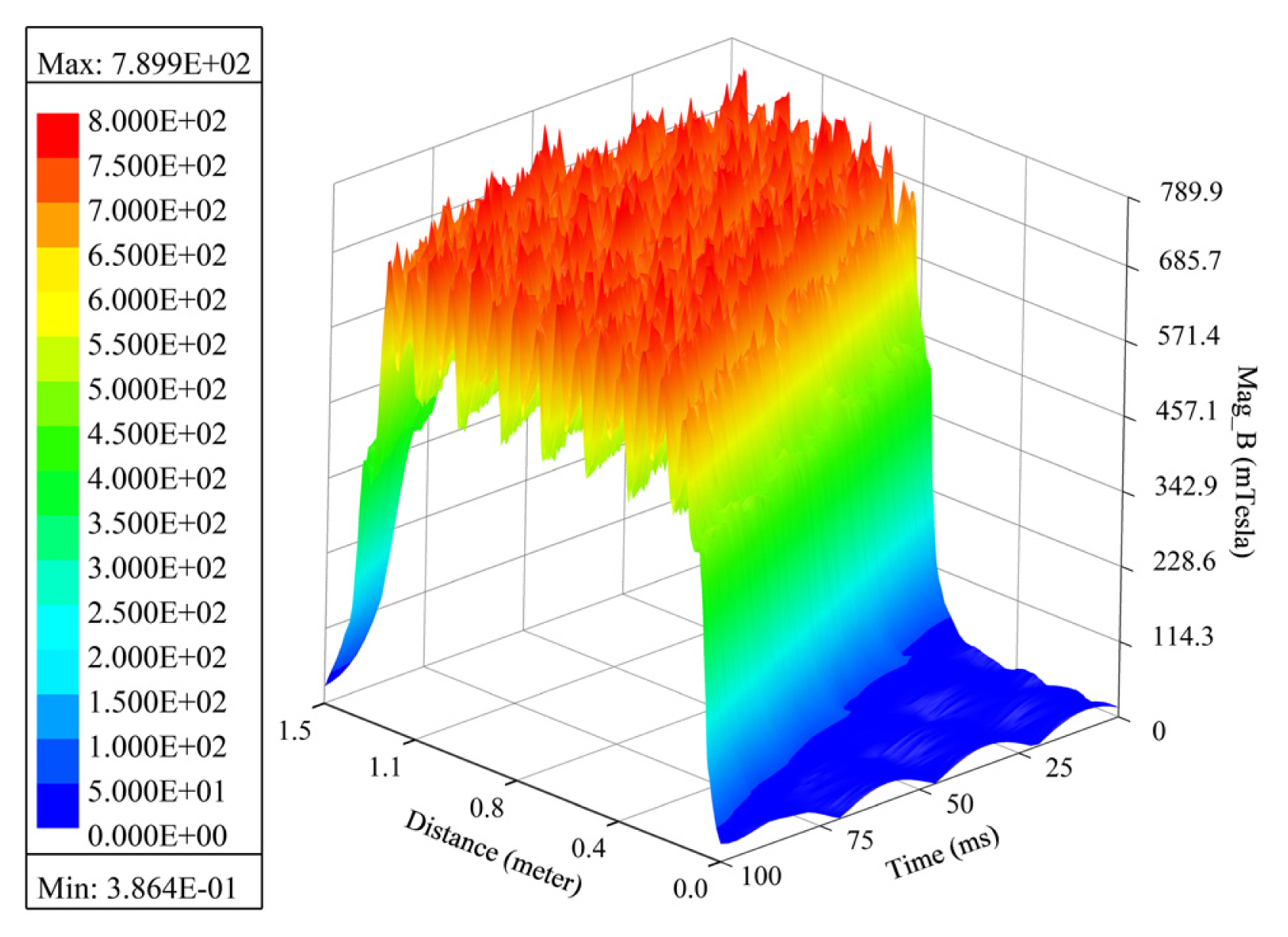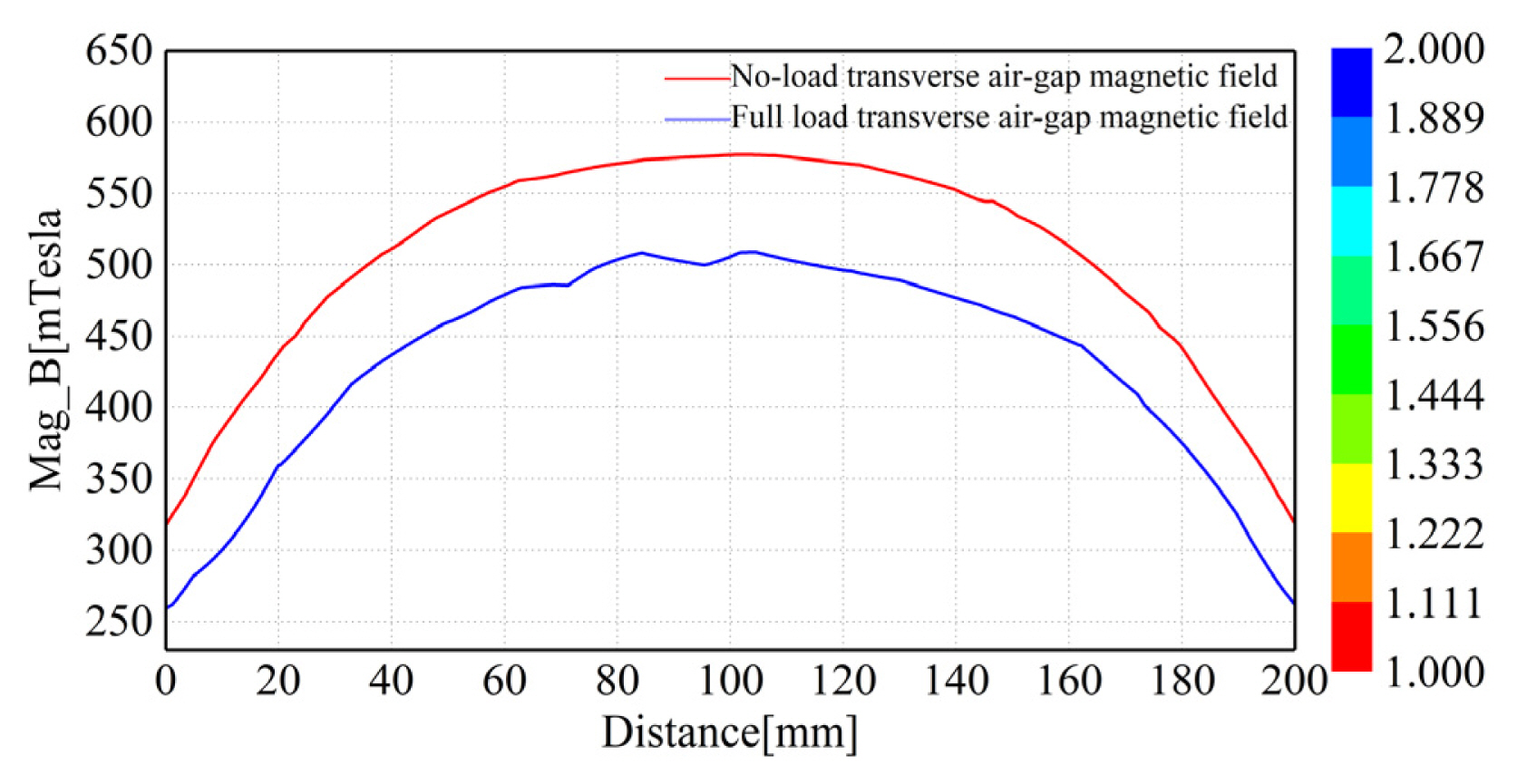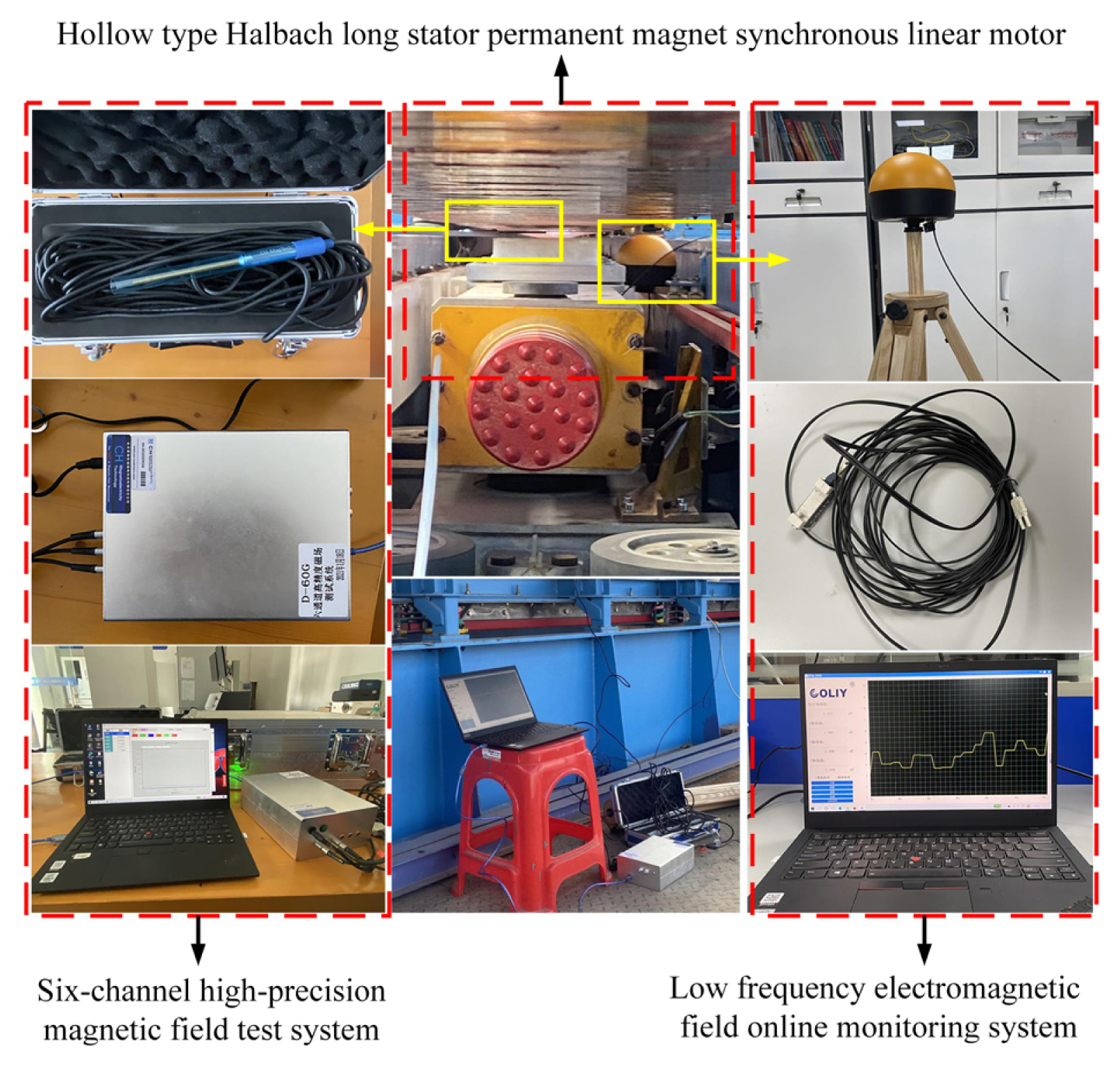1. L Qinfen, S Yiming, and Y Yunyue, "Development of Permanent Magnet Linear Synchronous Motors Structure and Research,ŌĆØ," Proceedings of the CSEE, vol. 39, no. 02, pp. 2575ŌĆō2588, 2019.
2. F Dongshan, J Zeyu, W Fuqiang, W Xiaojie, and Z Mei, "Novel Oblique Air-gap Tubular Transverse Flux Switching Permanent Magnet Linear Motors and Its Modeling Analysis,ŌĆØ," Proceedings of the CSEE, vol. 42, no. 15, pp. 5706ŌĆō5719, 2022.
3. L Zheng, Z Jiazhen, Z Ruodong, and W Qunjing, "Noload Magnetic Field Analysis of the U-shaped Ironless Permanent Magnet Synchronous Linear Motor,ŌĆØ,"
Recent Advances in Electrical & Electronic Engineering (Formerly Recent Patents on Electrical & Electronic Engineering), vol. 11, no. 1, pp. 26ŌĆō32, 2018.

4. S Jiali, W Yinghong, and W Guodong, "Magnetic Field Analysis of Linear Motor for High-Speed Maglev Train," In: 2020 IEEE MTT-S International Conference on Numerical Electromagnetic and Multiphysics Modeling and Optimization (NEMO); IEEE. pp 1ŌĆō4, 2020.
5. S. -A. Kim, Y. -W. Zhu, S. -G. Lee, S. Saha, and Y. -H. Cho, "Electromagnetic Normal Force Characteristics of a Permanent Magnet Linear Synchronous Motor with Double Primary Side,"
IEEE Transactions on Magnetics, vol. 50, no. 1, pp. 1ŌĆō4, Jan;2014.

6. X Xiaozhuo, S Zhen, W Xudong, F Haichao, and D Baoyu, "Characteristic of a Novel Permanent Magnet Linear Synchronous Motor with Halbach Array Consequent-Pole,ŌĆØ," Transactions of China Electrotechnical Society, vol. 34, no. 09, pp. 1825ŌĆō1833, 2019.
7. Q Wei, F Yu, X Hongze, L Gang, and F Jin, "A Linear Induction Maglev Motor with HTS Traveling Magnetic Electromagnetic Halbach Array,ŌĆØ," Transactions of China Electrotechnical Society, vol. 33, no. 23, pp. 5427ŌĆō5434, 2018.
8. Z Jiazhen, Design and Optimization Analysis of Ironless Permanent Magnet Synchronous Linear Motor. Hebei University of Science and Technology, 2018.
9. Z Mingchao, Y Wensheng, and Z Yu, "Force ripple modeling and suppression in permanent magnet linear synchronous motors,ŌĆØ," Journal of Tsinghua University (Science and Technology), vol. 50, no. 08, pp. 1253ŌĆō1257, 2010.
10. L Quan, "Static and dynamic measurement for thrust performance of permanent magnet synchronous linear motor,ŌĆØ," Journal of Beijing Information Science & Technology University, vol. 29, no. 04, pp. 21ŌĆō24, 2014.
11. L Zheng, S Yanpeng, W Leiyong, X Zengtao, and W Qunjiong, "Analysis of Magnetic Field and Thrust of Linear Motor Based on Equivalent Magnetic Potential Method,ŌĆØ," Small & Special Electrical Machines, vol. 47, no. 02, pp. 8ŌĆō11+17, 2019.
12. TT Nguyen, M Lazar, and H Butler, "A computationally efficient commutation algorithm for parasitic forces and torques compensation in ironless linear motors,ŌĆØ,"
IFAC-PapersOnLine, vol. 49, no. 21, pp. 267ŌĆō273, 2016.

13. L Bo, Z Junan, L Ziang, and L Bo, "Optimization Design and Test of Thrust Performance of New Type Permanent Magnet Synchronous Linear Motor without lron Core,ŌĆØ," Journal of XiŌĆÖan Technological University, vol. 42, no. 02, pp. 123ŌĆō129, 2022.
14. P Bing, L Tiefa, Z Nan, X Jiakuan, J Rubao, and S Yibiao, "A Method for Reducing the End Effect Force Fluctuation by the Concave Profile End-tooth in Permanent Magnet Linear Motors,ŌĆØ," Transactions of China Electrotechnical Society, vol. 30, no. 07, pp. 119ŌĆō124, 2015.
15. W Yongchao, P Qishou, F Kuangang, and T Wengang, "Simulation and experimental research on electromagnetic radiation from suspended permanent magnetic levitation train,ŌĆØ,"
International Journal of Applied Electromagnetics and Mechanics, vol. 70, no. 02, pp. 129ŌĆō147, 2022.

16. L Meizhen, D Wenzhan, and X Yongming, "Modeling and analysis of moving-magnet linear motor with no inner- teeth for linear compressor,ŌĆØ," Electric Machines and Control, vol. 18, no. 11, pp. 45ŌĆō50, 2014.
17. M Bostan, "The three dimensional Maxwell equations with strongly anisotropic electric permittivity,ŌĆØ,"
Asymptotic Analysis, vol. 129, no. 3ŌĆō4, pp. 289ŌĆō320, 2022.

18. L Xiao, Z Yuqiu, Y Yunyue, and L Qinfen, "No-load magnetic field analysis of the double side air-cored permanent magnet linear servo motor,ŌĆØ," Electric Machines and Control, vol. 14, no. 01, pp. 56ŌĆō60, 2010.
19. Y. Chen, W. Zhang, J. Z. Bird, S. Paul, and K. Zhang, "A 3-D Analytic-Based Model of a Null-Flux Halbach Array Electrodynamic Suspension Device,ŌĆØ,"
IEEE Transactions on Magnetics, vol. 51, no. 11, pp. 1ŌĆō5, Nov;2015.







